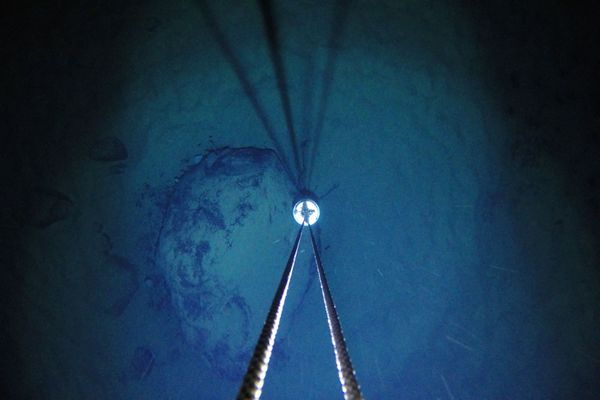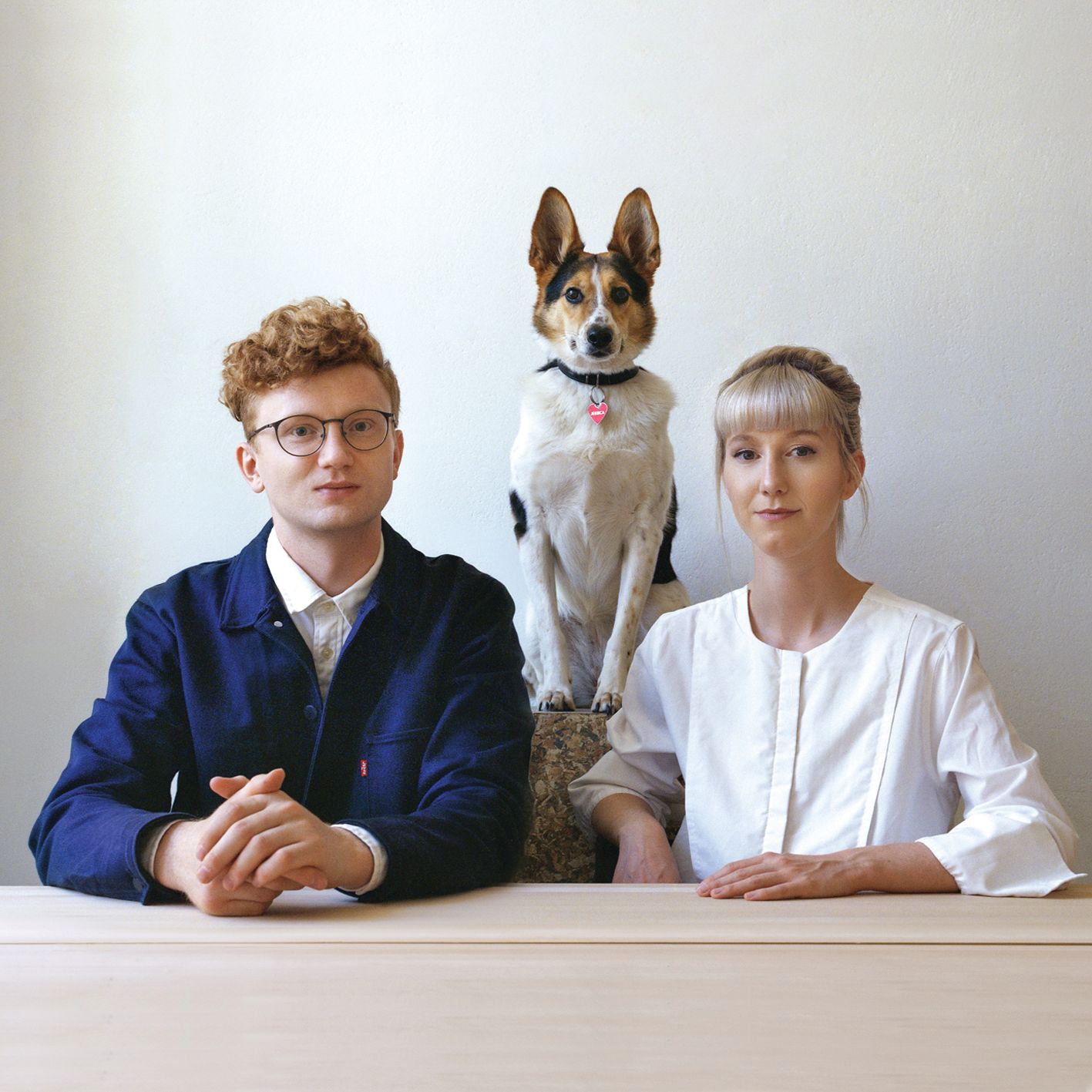The Czech designer duo of Sára Matysová and Ihor Sabadosh teams up with local manufacturers and family businesses to create their sleek interior design objects. They debuted at the 2020 Designblok under the brand name IHOR: at the event, their collection came in first in the category of “Best Home Accessories.”
The Czech IHOR brand defines itself as a multidisciplinary label: textile designer Sára Matysová and designer Ihor Sabadosh make no secret of where and how their products are made. On the contrary: they are straight out proud that they collaborate with local manufacturers and businesses that have been proving their expertise for centuries when it comes to manufacturing hand-crafted products. In their collaborations, the creative perspective of the designer meets the openness and outstanding expertise of the manufacturer, which, when combined, give rise to household objects that make the days of the fans of high-quality design better and definitely more stylish. IHOR’s home decoration objects are characterized by harmonious, clean yet often playful colors and shapes. Their palette ranges from table mirrors, woven wool blankets, cotton kitchen towels to porcelain vases and hand-woven rugs.
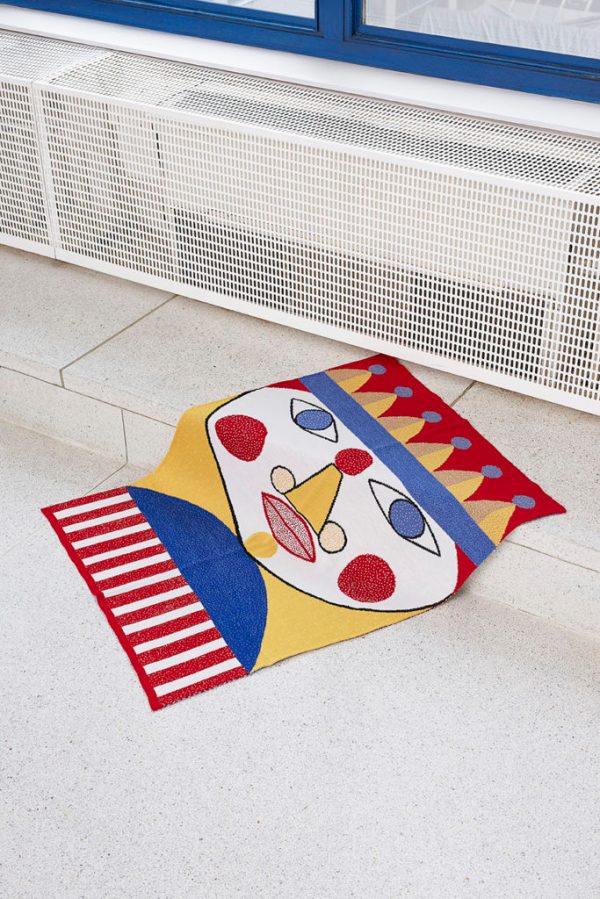
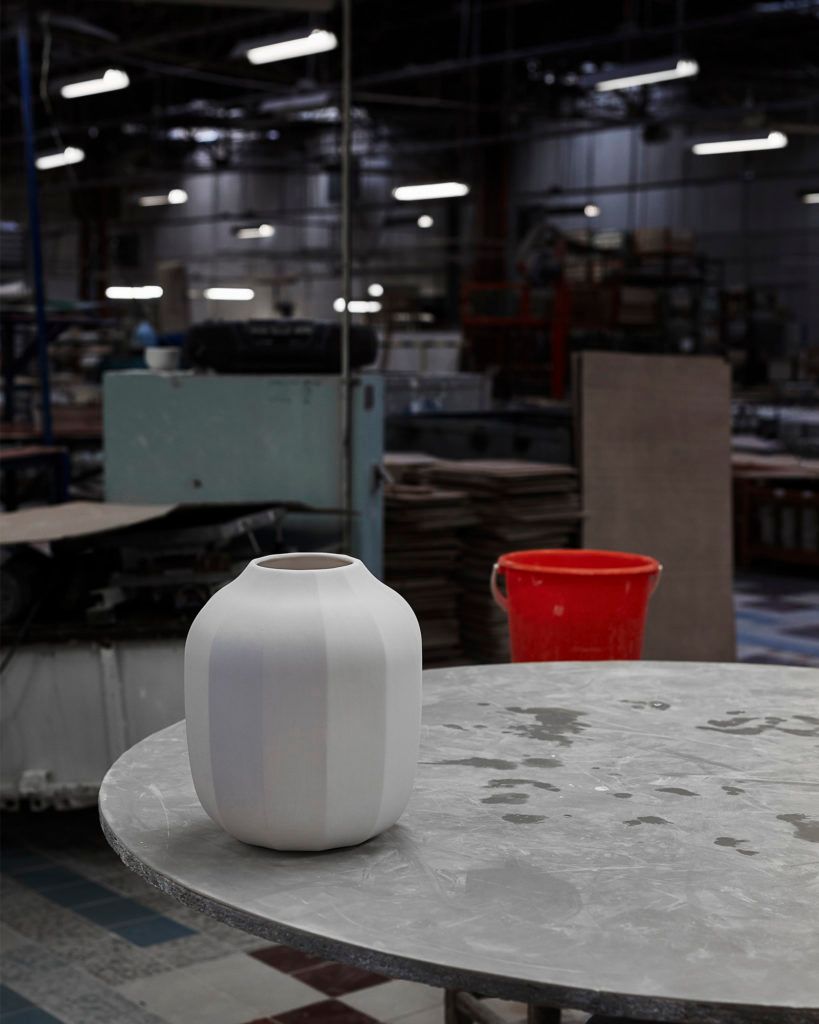
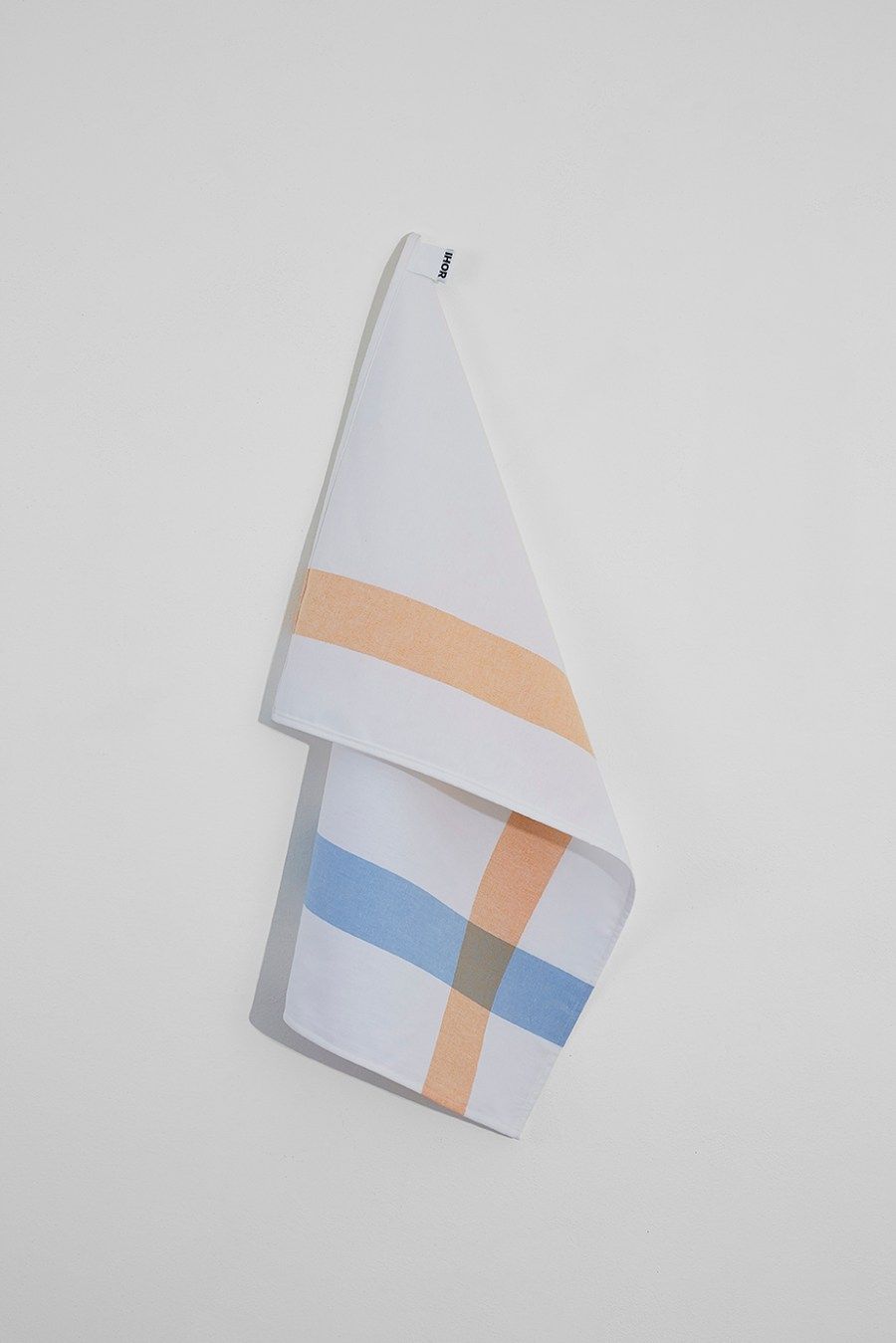
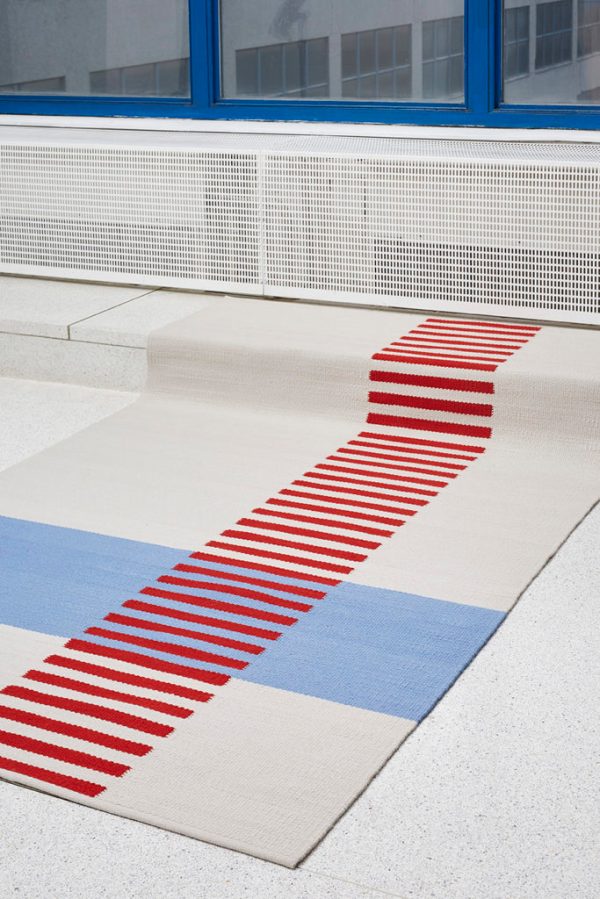
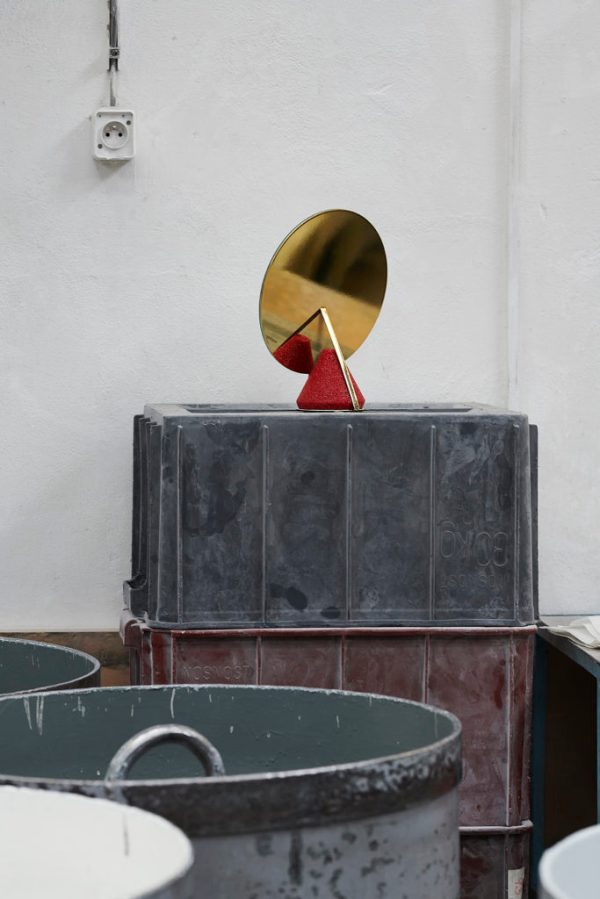
Sára Matysová has already competed as a textile designer in 2019, when she came in second in the Best in Design competition organized by Zlin Design Week in the category of fashion design. Sára was inspired by the most important natural basic element, water, when designing her swimsuit collection dubbed „Hydrocollection”. For her collection, she chose a flexible and hard-wearing high-tech material: hydrogel, while the golden pattern appearing on the swimsuits toned to the shades of blue and nude conjure up various rocks and minerals.

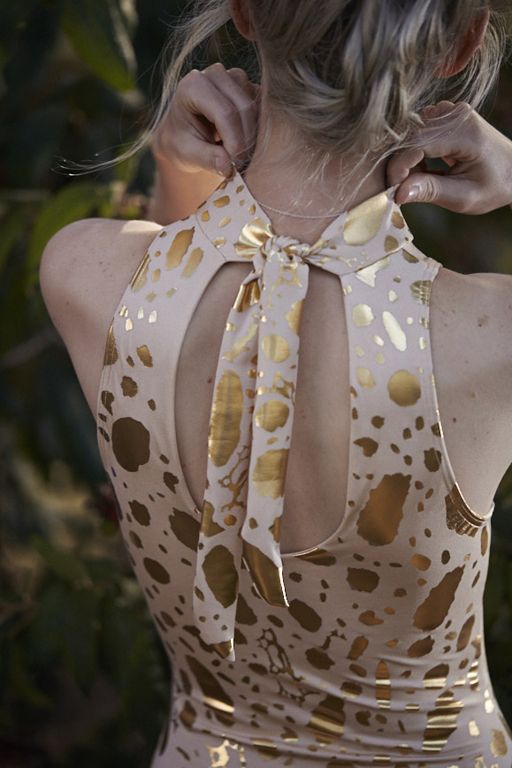

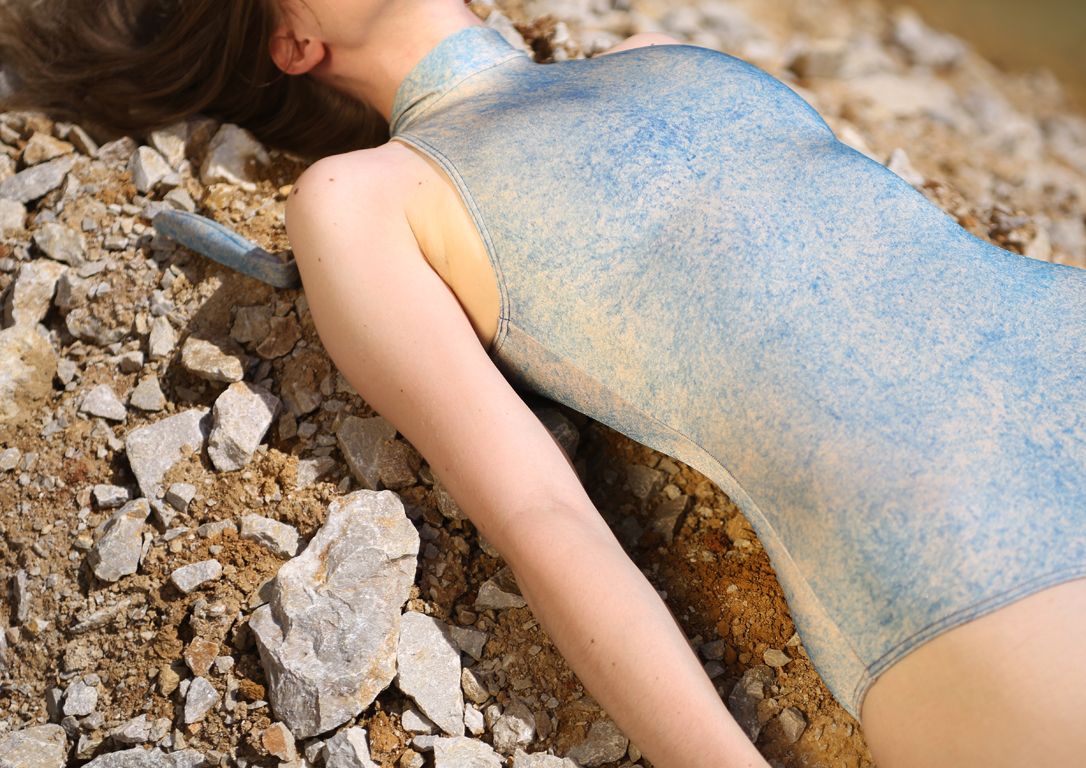
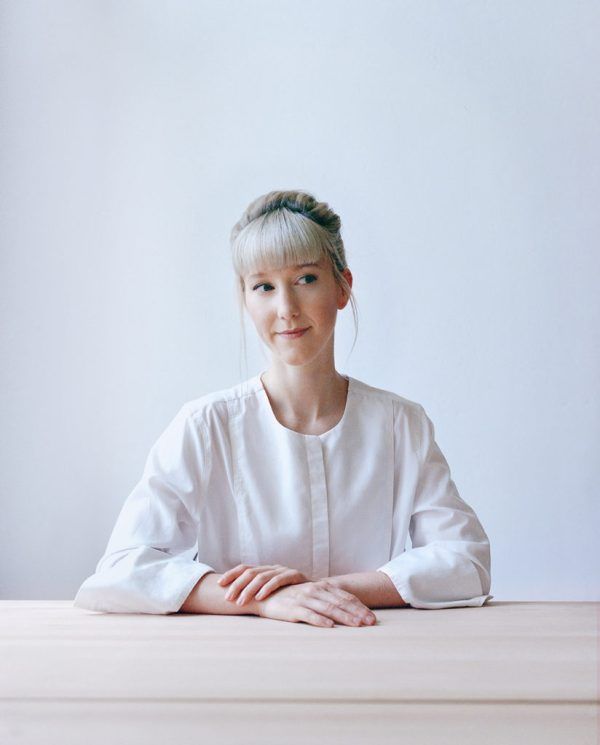
Ukrainian-born Ihor Sabadosh started his studies in the field of architecture, then continued with interior design and furniture design in Prague. When designing his clean, Scandinavian-style chair “YOORA”, Ihor turned to the traditional craft of carpentry for inspiration.
IHOR’s ars poetica, however, is not only about designing decorative objects. The two designers don’t overestimate their own roles: for them, product design and development means working with the manufacturer, in the course of which the final product is born along shared values and continued experiments. They believe it is this productive collaboration that lies at the core of the brand, which benefits both parties: it allows designers to learn about production processes first-hand, while the manufacturer can draw on the perspective of the creative team when making a new product.

At the moment, they are working with several manufacturers, including the Kubák weaving factory operating in Strmilov, the Czech Republic, which has been passed down from father to son since its foundation in 1870. Two items of the “Piet” interior textile collection, the wool blanket and the cotton kitchen towel are manufactured here—their choice of name is a nod to Piet Mondrian, the Dutch representative of abstract geometric painting, the member of the De Stijl art group. The blanket is made of the fleece of Czech sheep, on a traditional weaving loom, with an end product that weighs approximately three kilograms. The kitchen towel is available in various colors.
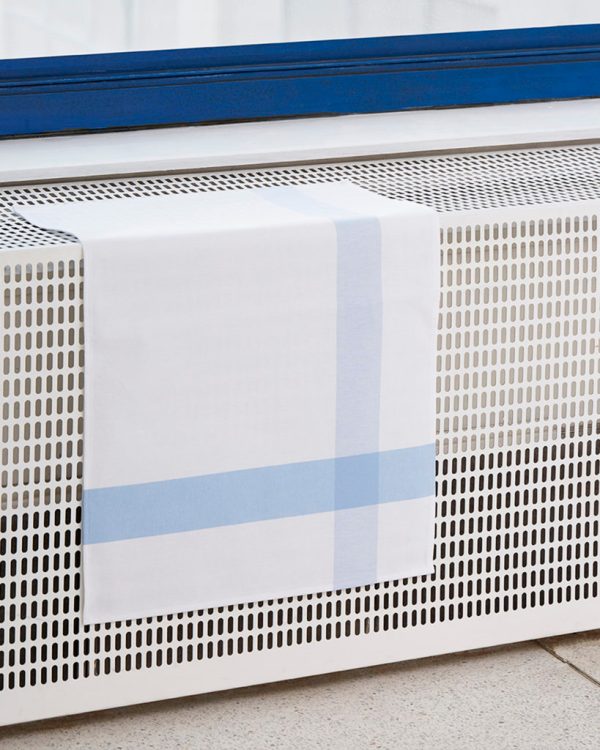
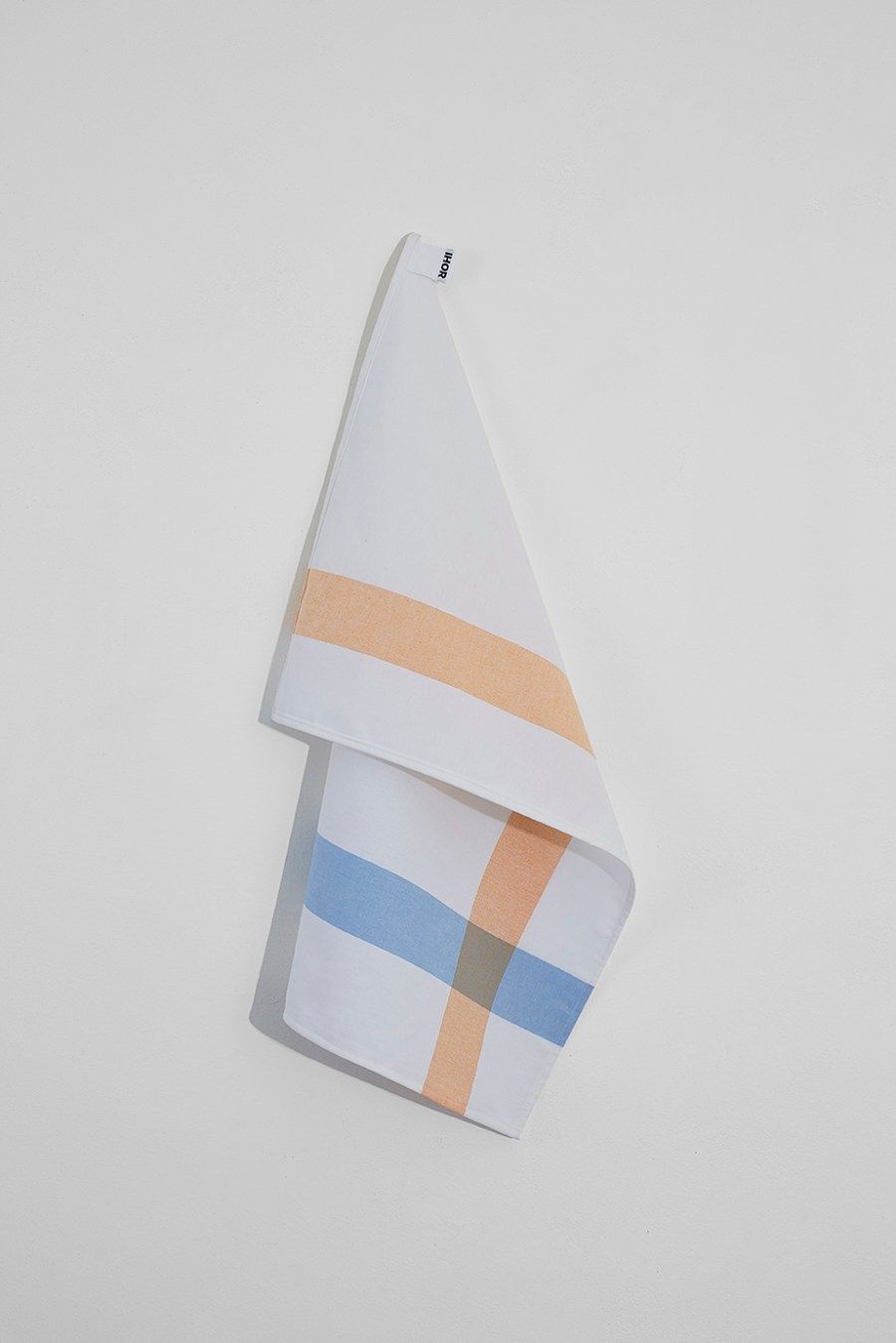

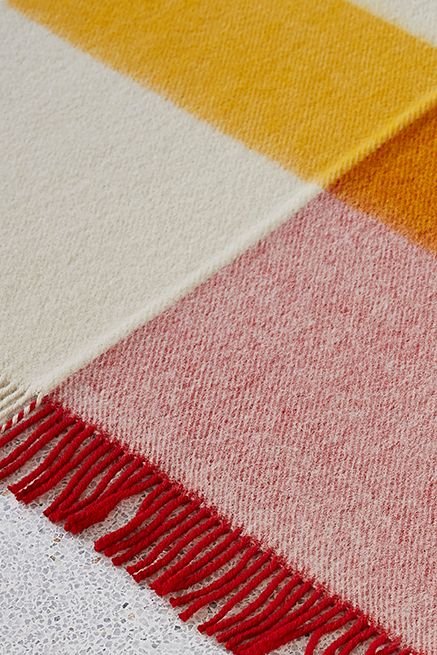
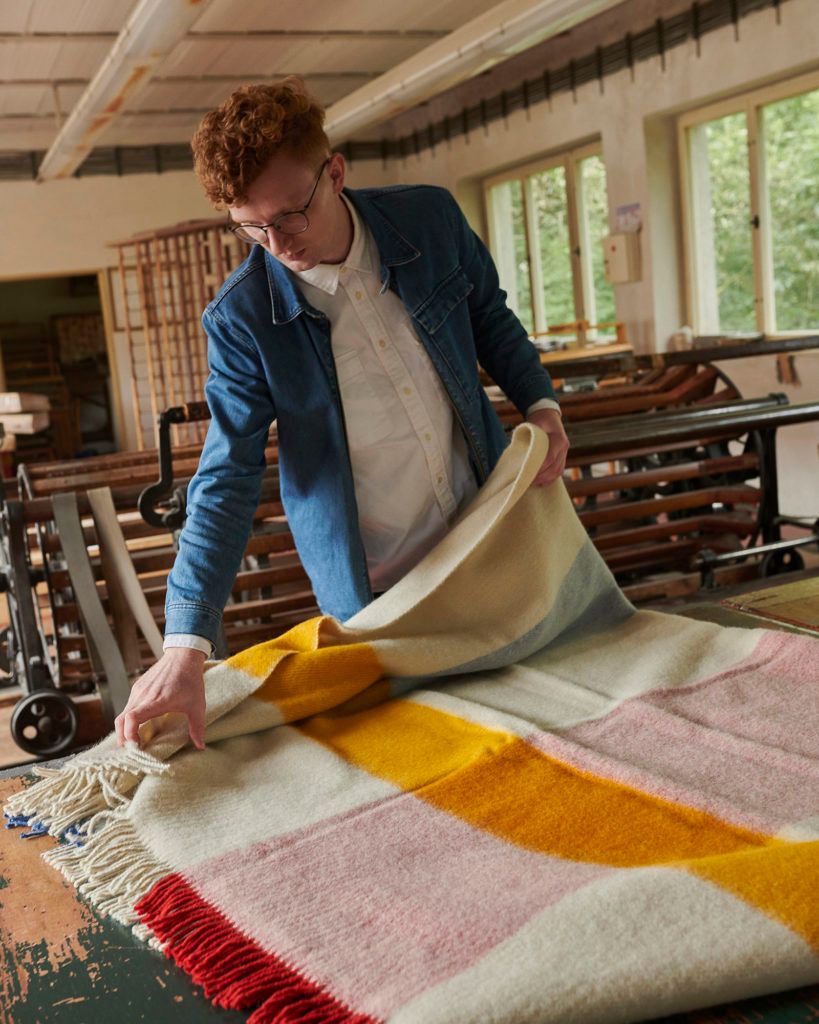
The third item of the “Piet” collection is a wool rug, manufactured in Valašské Meziříčí with the expertise of the Moravian Gobelin Manufactory (Moravská Gobelínová Manufaktura). The factory specialized in hand weaving was established by Rudolf Schlattauer in 1898: they manufacture classic gobelins, artistic valences and carpets, and they even have a textile museum within the walls of the factory. This carpet is made of hand-dyed yarn, and it takes seven weeks to manufacture it.
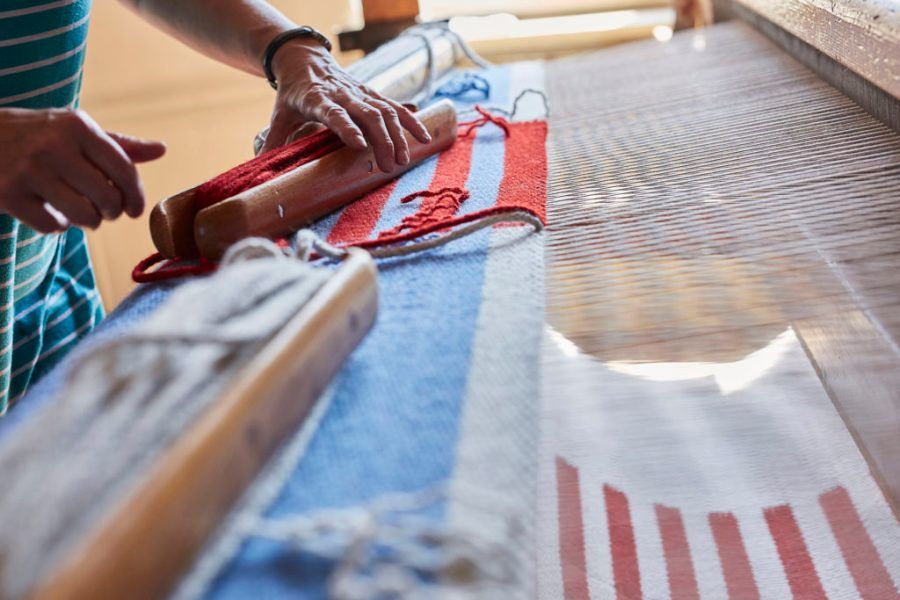

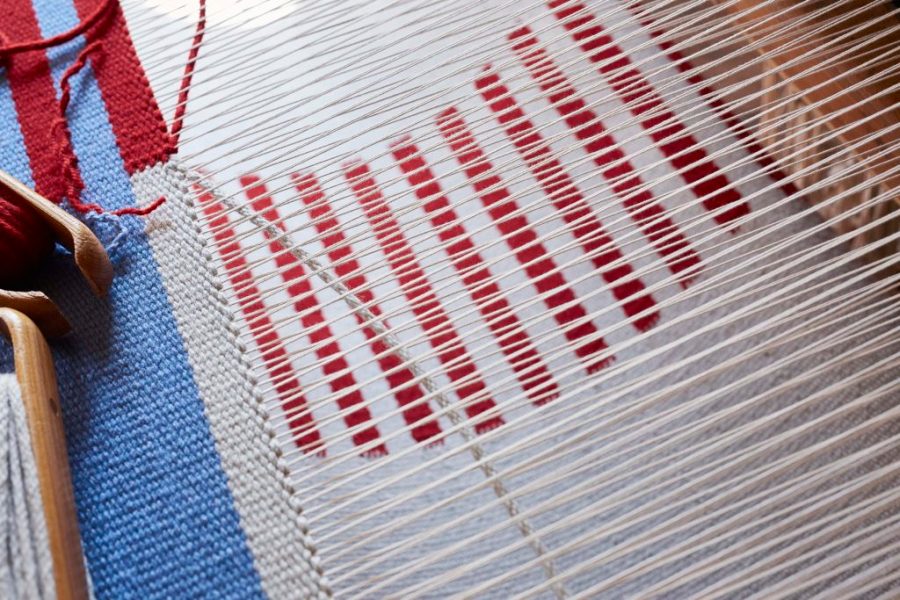
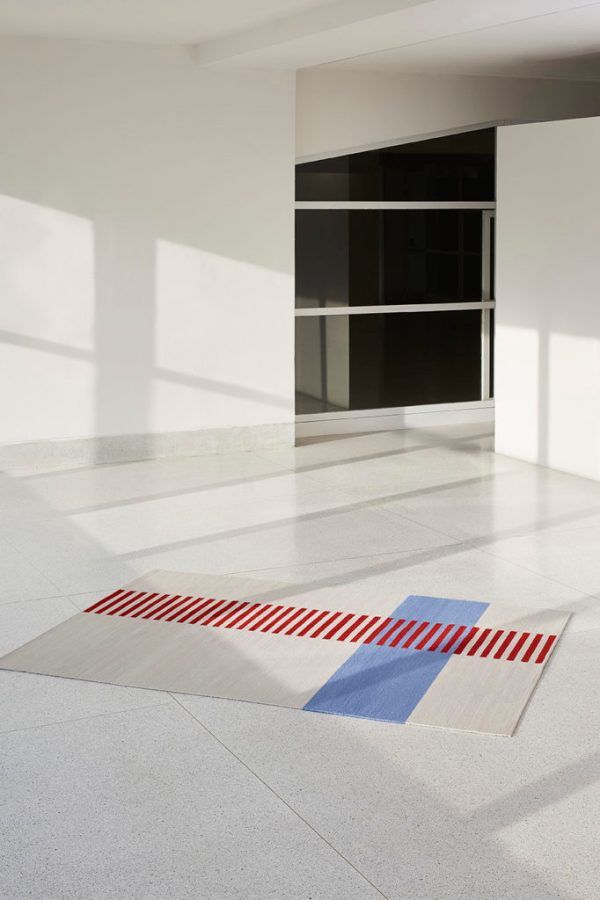
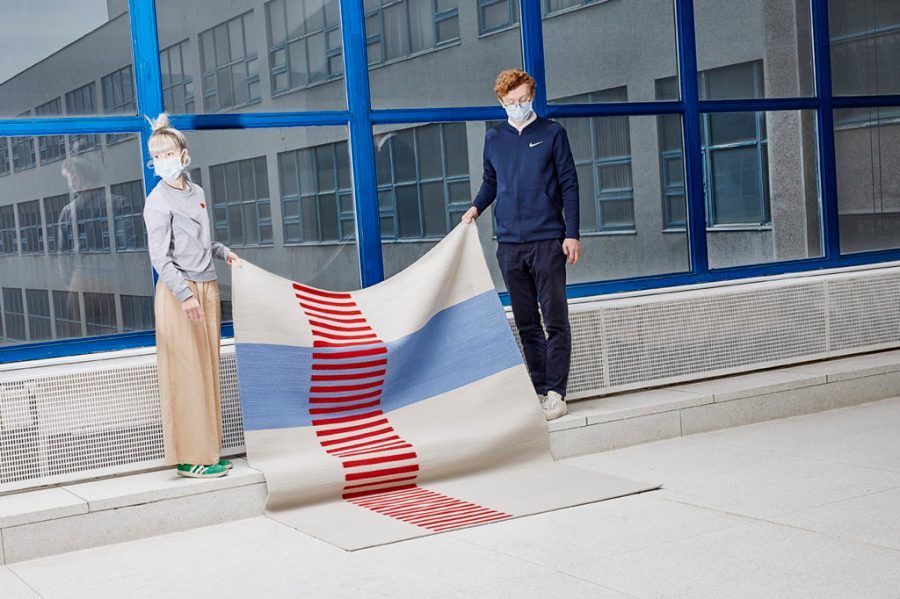
IHOR also has another textile product related to an emblematic figure of universal art history: the multicolored, playful „Oskar” blanket, designed specifically for kids, was inspired by Oscar Schlemmer, a prominent representative of the Bauhaus, and is manufactured in collaboration with Czech company Nova Fashion.
In addition to textiles, IHOR’s palette also features a porcelain vase and a table mirror built up of geometric elements. The former is made in the Thun porcelain manufactory, which was established in 1794 and is specialized in classic table sets, while for the latter, they use the red glass beads manufactured by world-famous Czech factory Preciosa, and on top, the ones that did not pass the quality check—IHOR gives new life to these materials, which are still of good quality, but are regarded as waste by Preciosa. The table mirror catches the eyes with its simple forms. It comes with a gold or silver metal frame, but just like IHOR’s other products, this one is also made in a very limited number.
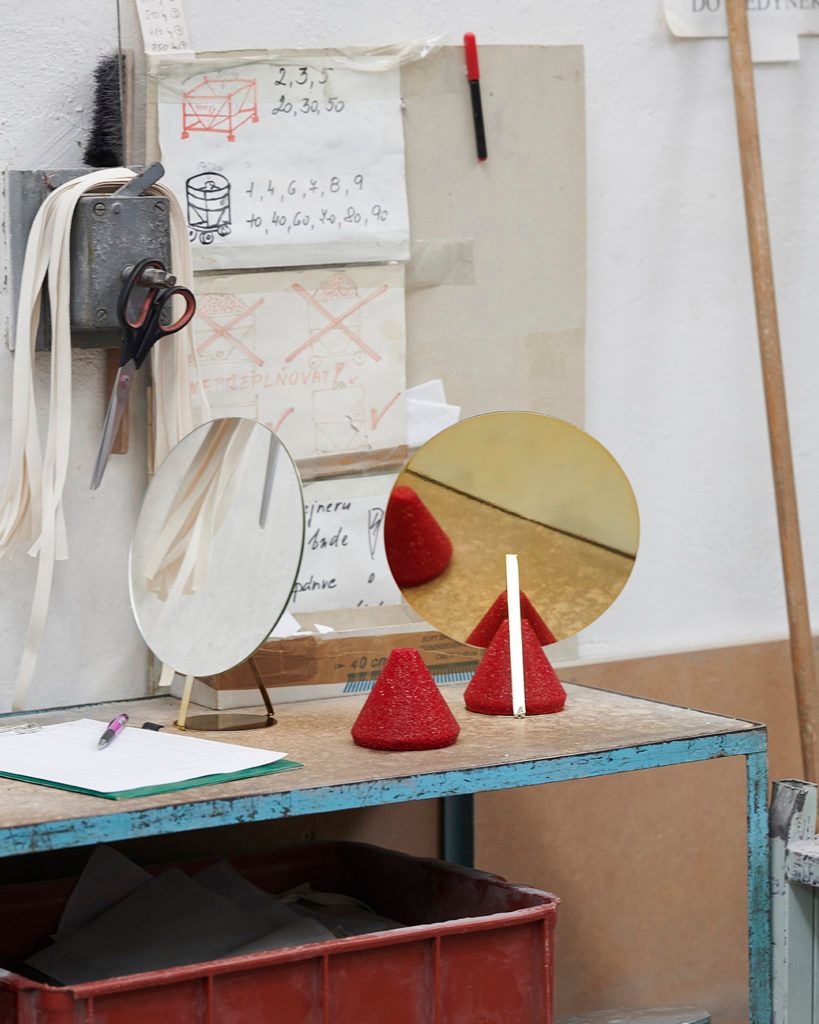
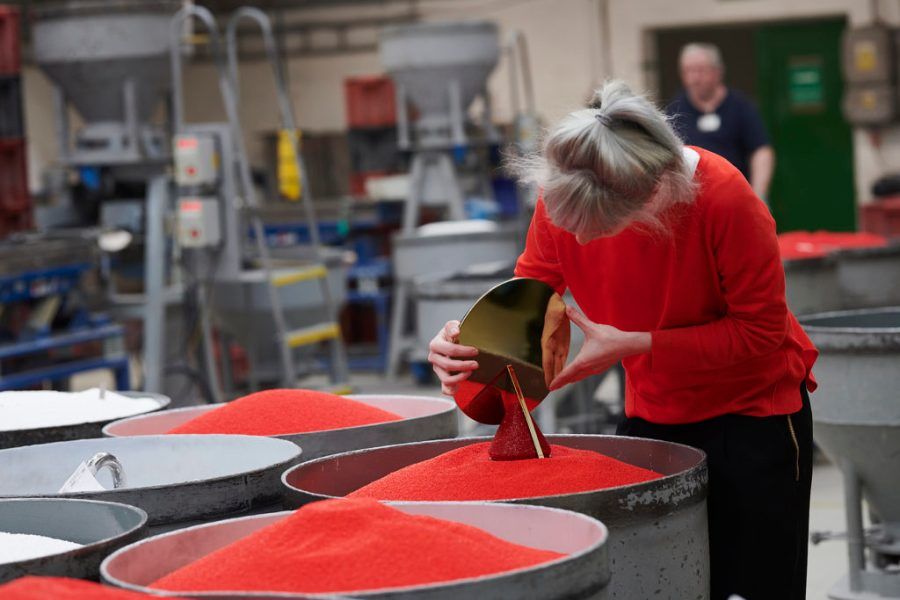

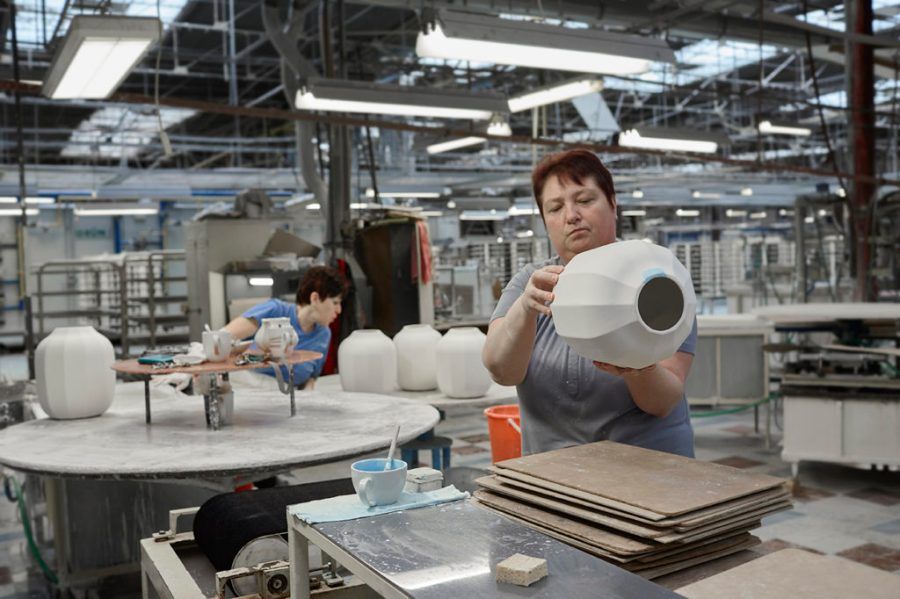

How much Sára and Ihor values collaboration not only manifests in the close cooperation with manufacturers: IHOR’s team also includes partners from various fields (photographer, visual artist, marketing expert, copywriter, graphic designer), who all promote the growth of the brand.
Photos: Lenka Glisníková, Lucie Desmond, Edita Kubištová

Ancient astronomy meets digital art | Aēsop Aromatique Candles

Hollóka Graphic Design School launches new illustration course
